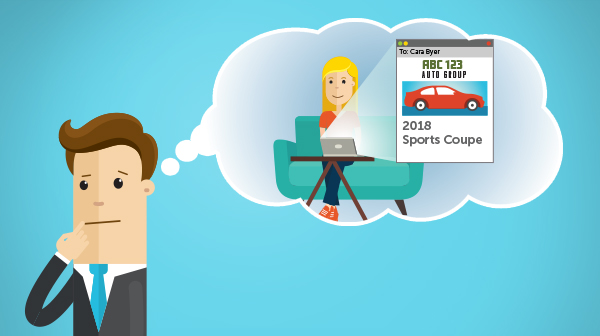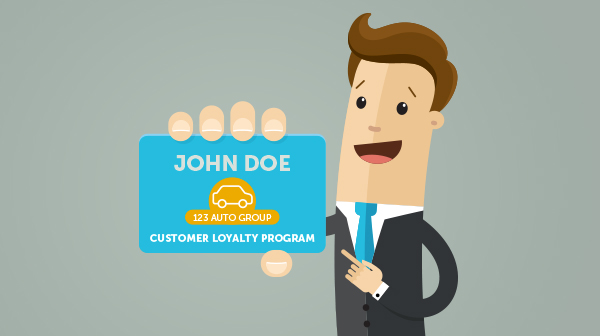When you spend each day immersed in CRM processes and focused on data capture, you can sometimes lose sight of the fact that your primary job is to build relationships with the human beings who may want to buy from your dealership. Every process and task should be set up and completed with that goal in mind.
Here are some things you can do to help you achieve better customer relationships:
Step into your customers’ shoes
How easy is it for your customers to find what they’re looking for on your dealership’s website? Do the calls, texts and emails your customers receive address their specific situations, or are they generic and sales-oriented? When a customer walks in the door, do you acknowledge the research they’ve done on their own and move on from there, or start over from scratch?
When you’re setting up your processes and meeting with your sales staff, you need to think carefully about the kind of experience you’re creating for customers. Here are some exercises to help you determine if you’re treating your leads and customers as people with individual needs:
- Ask someone outside your dealership to go to your website and look for a particular model, then give you their impressions of how difficult or easy it was.
- While you’re at it, use a sales team meeting to walk through the website so everyone can see the portion of the customer journey that happens outside the dealership walls.
- Look over your customer communications – particularly templated or scripted ones – as if you were the customer. Think how you’d feel if you received that call, email or text. Also think about how broadly the message applies to customers. For example, does it make sense for someone who is contacting you because their lease is almost up, as opposed to someone looking to buy for another reason?
- Consider when and how often you’re getting in touch with customers. Being quick off the mark is great and persistence is understandable, but are you providing value with additional communications or just trying to sell?
Listen and learn
If you’re paying attention – and scrupulously putting data into your CRM – you’ll have a lot of information that will help you communicate more effectively with your customers.
For instance, you’ll know what they want to buy based on the vehicles they’ve been researching. If they happen to mention why they want that vehicle, for example, because they’re having a baby, you now have a basis for making informed recommendations to broaden their search.
The time of day and method they used to first contact your dealership will help you know when and how they’d prefer to be contacted. Or, of course, you can always just ask.
Be human
Remember that your customer’s goal is to buy a car and your job is to show them why they should buy it from you. Little personal touches like explaining how you’re going to walk into the lot and put your hands on the car they want can make a lot more headway with a customer than five different variations on, “When can you come in?”
Ultimately, customers will respond to someone who treats them like an individual rather than a lead, acknowledges what they say, and does their best to meet the needs they’ve expressed. Relationships are the key to maximum lifetime value for your dealership and high levels of satisfaction for your customers.



